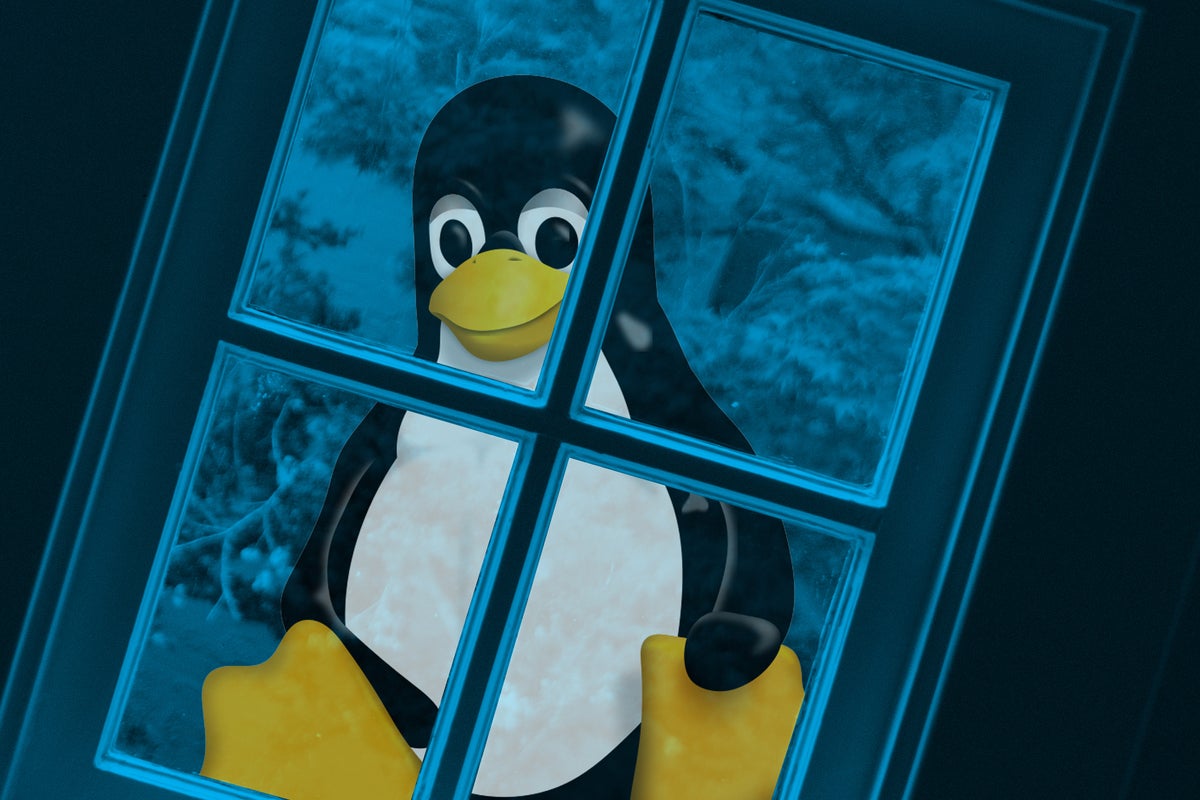4 keys to writing modern Python in 2022
Although Python turned 30 years old last year (2021), only in the last few years has it enjoyed the great explosion of adoption, growth, and forward-thinking development that we’ve come to associate with the language. Many features of Python have remained unchanged since its inception, but with every passing year, and every new edition of Python, along come new ways of doing things and new libraries that take advantage of those advances.So Python has its old ways and its new ways. Naturally, it makes sense to learn how to work with Python using its most modern and convenient features. Here we’ll run down the key concepts you need to understand to write modern Python in 2022 — software that uses Python’s latest and greatest idioms, concepts, and capabilities.To read this article in full, please click here

Although Python turned 30 years old last year (2021), only in the last few years has it enjoyed the great explosion of adoption, growth, and forward-thinking development that we’ve come to associate with the language. Many features of Python have remained unchanged since its inception, but with every passing year, and every new edition of Python, along come new ways of doing things and new libraries that take advantage of those advances.
So Python has its old ways and its new ways. Naturally, it makes sense to learn how to work with Python using its most modern and convenient features. Here we’ll run down the key concepts you need to understand to write modern Python in 2022 — software that uses Python’s latest and greatest idioms, concepts, and capabilities.





































